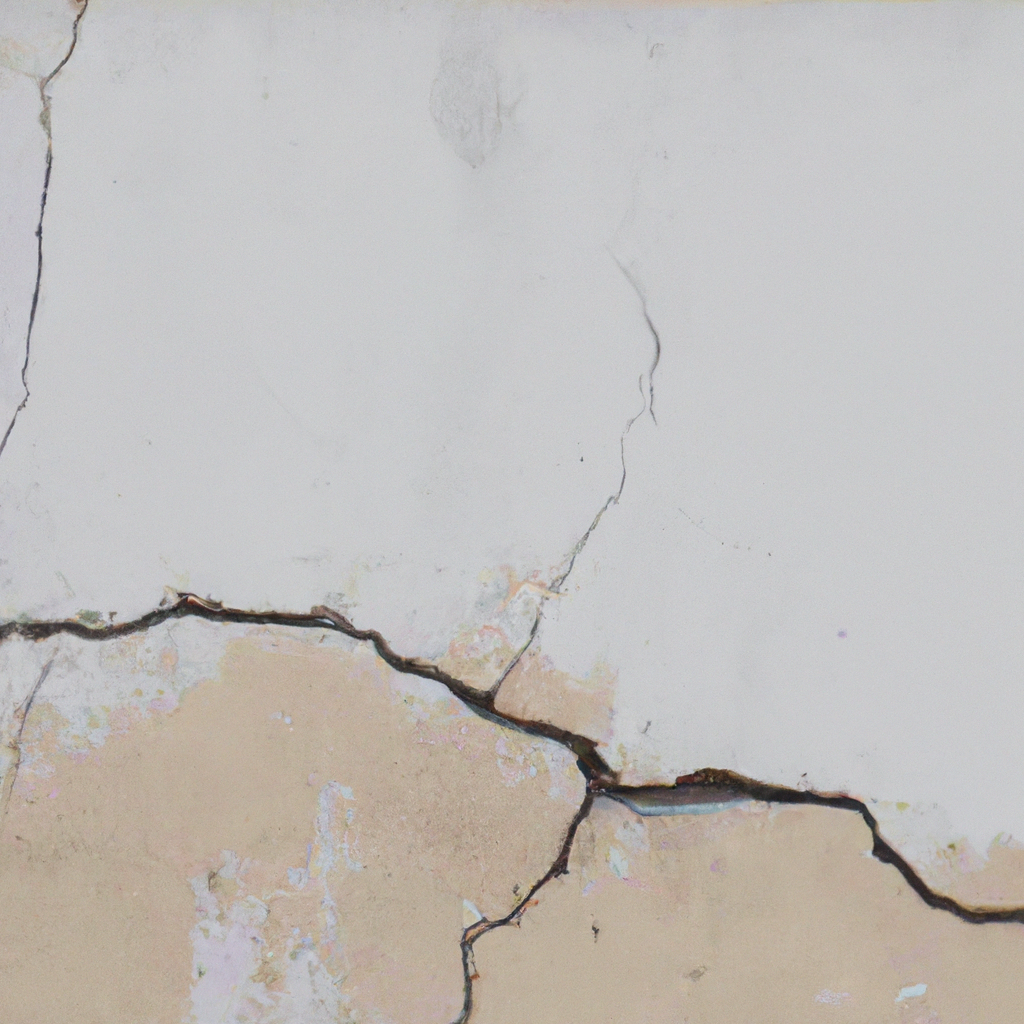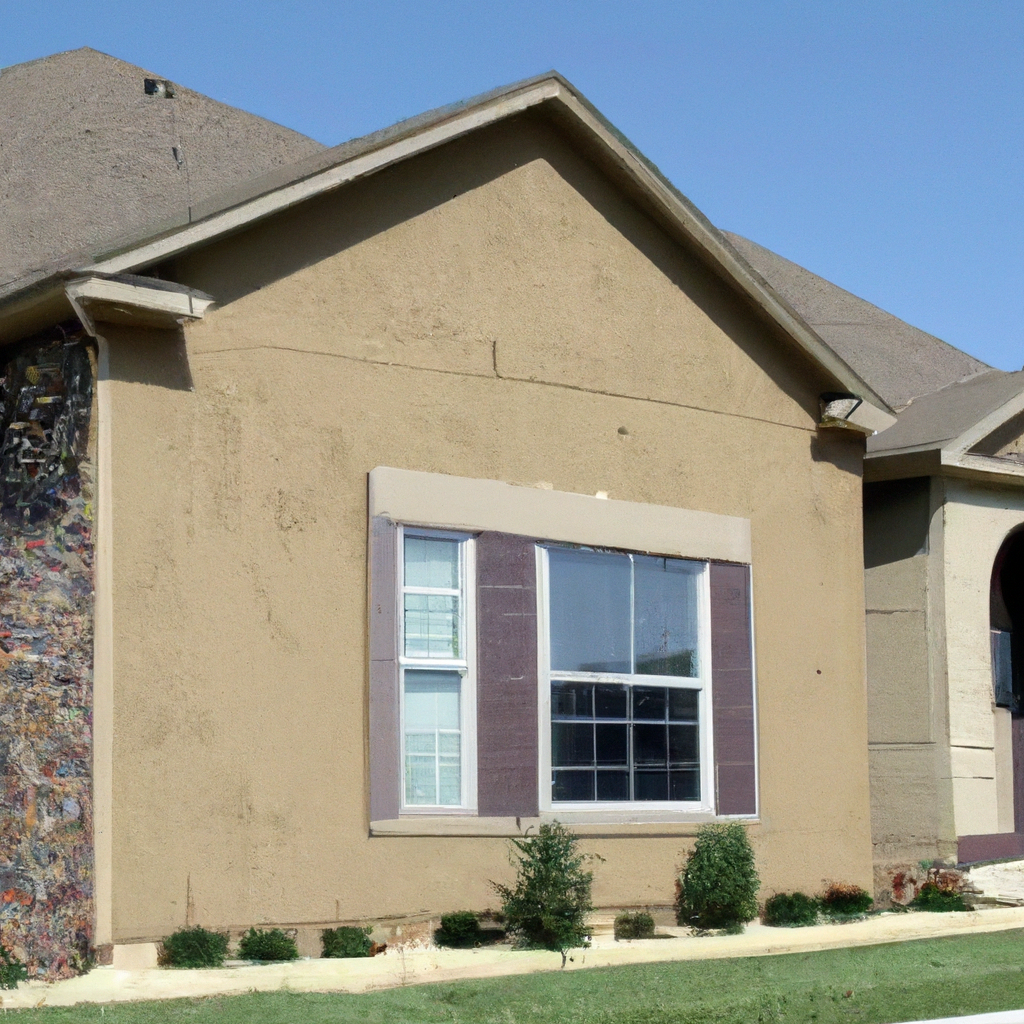Imagine the frustration of spending time, effort, and money on a beautiful stucco finish for your home, only to find it crumbling and deteriorating before your eyes. Sadly, this phenomenon, aptly named “Stucco Failure,” is a distressing reality for many homeowners. In this article, we will explore the causes behind this unfortunate issue and provide some helpful tips to prevent or address stucco failure, ensuring that your home remains a testament to durability and beauty for years to come.

Common Causes of Stucco Failure
Moisture Intrusion
One of the most common causes of stucco failure is moisture intrusion. When water enters the stucco system, it can lead to various issues and ultimately cause the stucco to fail. Moisture can penetrate the stucco through cracks, gaps, or even improper installation. It is crucial to address any moisture issues promptly to prevent further damage to the stucco and the structure behind it.
Improper Installation
Improper installation is another significant cause of stucco failure. If the stucco is not installed correctly, it can result in a weaker and less durable system. This can lead to cracks, blisters, and other forms of damage. It is essential to hire experienced and qualified contractors who have the knowledge and expertise to install stucco properly.
Inadequate Substrate Preparation
Inadequate substrate preparation is another underlying cause of stucco failure. The substrate, which is the surface that the stucco is applied to, needs to be properly prepared before the installation. If the substrate is not adequately cleaned, smooth, and free of debris, it can affect the adhesion of the stucco and contribute to its failure. Proper substrate preparation is key to ensuring a long-lasting and durable stucco system.
Symptoms of Stucco Failure
Cracking
One of the most noticeable symptoms of stucco failure is cracking. Cracks can occur due to various reasons, such as structural movement, moisture intrusion, or improper installation. Cracks not only affect the appearance of the stucco but can also allow water to enter the system, leading to further damage.
Blistering
Blistering is another common symptom of stucco failure. It occurs when pockets of air or moisture become trapped between the layers of stucco, causing the surface to bulge or blister. Blistering not only affects the aesthetic appeal of the stucco but can also indicate underlying issues with moisture intrusion or improper installation.
Bulging
Bulging is a more severe symptom of stucco failure and typically indicates significant structural damage. It occurs when the stucco starts to separate from the underlying substrate, causing the surface to bulge or sag. Bulging can result from excessive moisture, poor installation, or insufficient structural support. Immediate action should be taken if bulging is observed to prevent further damage and ensure the safety of the structure.
Effects of Stucco Failure
Structural Damage
Stucco failure can lead to significant structural damage. When the stucco begins to crack, blister, or bulge, it compromises the integrity of the entire system. Water can seep through these openings, causing the underlying structures, such as wood framing or insulation, to rot or deteriorate. Over time, the structural damage can become severe and require costly repairs.
Water Damage
One of the most common effects of stucco failure is water damage. When moisture infiltrates the stucco system, it can cause extensive damage to the underlying structures and materials. Water can lead to rot, corrosion, and deterioration, compromising the stability and safety of the building. In addition to affecting the structure, water damage can also result in the growth of mold and other harmful organisms.
Mold and Fungal Growth
Another consequence of stucco failure is the growth of mold and fungal organisms. When moisture is trapped within the stucco system, it creates an ideal environment for the proliferation of mold and fungi. These organisms not only affect the aesthetics but can also pose serious health risks to the occupants of the building. Respiratory issues, allergies, and other health complications can arise from prolonged exposure to mold and fungal growth.
Preventing Stucco Failure
Proper Installation
One of the most effective ways to prevent stucco failure is by ensuring proper installation. Hiring experienced and qualified contractors who follow industry best practices is essential. Proper installation includes thorough substrate preparation, correct application techniques, and the use of high-quality materials. By investing in proper installation from the beginning, you can significantly reduce the risk of stucco failure.
Regular Maintenance
Regular maintenance is key to preventing stucco failure and prolonging the lifespan of the stucco system. It is crucial to inspect the stucco periodically, checking for any signs of damage, cracking, or moisture issues. Additionally, keeping the stucco clean and free of debris can help maintain its integrity. Promptly addressing any issues that arise can prevent more extensive and costly repairs down the line.
Addressing Moisture Issues
Addressing moisture issues is crucial in preventing stucco failure. Moisture intrusion is one of the most common causes of stucco damage, so it is essential to identify and resolve any sources or pathways of water entry. This can include fixing leaking pipes or gutters, installing proper drainage systems, and ensuring the stucco is adequately sealed. By controlling moisture, you can protect the stucco system and prevent potential failure.

Identifying Stucco Failure
Visual Inspection
A visual inspection is one way to identify stucco failure. By closely examining the stucco surface, you can look for visible signs of cracking, blistering, bulging, or discoloration. It is essential to inspect both the interior and exterior surfaces of the stucco, paying attention to areas prone to moisture intrusion, such as around windows, doors, or rooflines. Visual inspection can provide a preliminary assessment of the stucco’s condition.
Testing Methods
In addition to visual inspection, various testing methods can be utilized to identify stucco failure. These can include moisture testing, which measures the moisture content within the stucco, and thermal imaging, which detects hidden moisture or insulation issues. These testing methods provide more detailed information about the condition of the stucco and can help identify underlying issues that may not be visible to the naked eye.
Repairing Stucco Failure
Surface Preparation
Before repairing stucco failure, proper surface preparation is essential. This involves removing any loose or damaged stucco, cleaning the substrate, and ensuring a smooth and solid base for the repairs. Surface preparation sets the stage for a successful repair and helps ensure the longevity and durability of the new stucco application.
Crack Repair
If cracks are present, they need to be properly repaired to prevent further stucco failure. This involves filling the cracks with an appropriate stucco repair material and ensuring the repaired area seamlessly blends with the surrounding stucco. Proper crack repair helps restore the integrity of the stucco system and prevents moisture from entering.
Reapplication of Stucco
In some cases of extensive stucco failure, it may be necessary to reapply the entire stucco system. This involves removing the existing stucco, properly preparing the substrate, and applying a new layer of stucco. Reapplication ensures a fresh start and addresses any underlying issues that may have contributed to the failure. It is vital to hire experienced professionals for this process to achieve a quality and long-lasting result.
Hiring a Professional
Researching Contractors
When hiring a professional for stucco repair or installation, proper research is crucial. Look for contractors with experience in stucco work and check their reputation and customer reviews. Consider their qualifications, licensing, and certifications to ensure they have the necessary expertise. Don’t hesitate to ask for references and examples of their previous work to assess their skills and craftsmanship.
Requesting Multiple Quotes
To make an informed decision, it is advisable to request multiple quotes from different contractors. This will not only give you an idea of the cost but also provide an opportunity to compare their services, warranties, and materials. Evaluating multiple quotes can help you choose a contractor who meets your requirements and offers the best value for your investment.
Checking References
Before finalizing a contract, it is essential to check the references provided by the contractor. Reach out to previous clients to inquire about their experience, the quality of work, and professionalism. This feedback will give you valuable insights into the contractor’s reliability and trustworthiness, helping you make a well-informed decision.
Insurance Coverage for Stucco Failure
Reviewing Homeowner’s Insurance
It is important to review your homeowner’s insurance policy to understand the coverage for stucco failure. Some policies may provide coverage for repairs or replacement due to stucco failure caused by covered perils, such as windstorms or hail. Familiarize yourself with the terms and conditions, exclusions, and limitations to ensure you have adequate coverage.
Filing a Claim
If your homeowner’s insurance policy covers stucco failure, it is vital to follow the proper procedures for filing a claim. Contact your insurance provider and provide all necessary documentation, such as photos, inspection reports, and repair estimates. Be prepared to cooperate with their investigation and provide any additional information they may request. Promptly filing a claim can help expedite the process and ensure you receive the coverage you are entitled to.
Understanding Coverage Limitations
It is crucial to understand the limitations of your insurance coverage for stucco failure. Certain policy exclusions or limitations may apply, such as a deductible or coverage caps. Familiarize yourself with these limitations to avoid any surprises when filing a claim. Consulting with your insurance agent can help provide clarity and ensure you have a comprehensive understanding of your coverage.
Legal Action for Stucco Failure
Consulting with an Attorney
In severe cases of stucco failure where insurance coverage is insufficient or denied, consulting with an attorney may be necessary. An attorney experienced in construction defects and property damage can provide guidance on the legal options available to you. They can assess your case, advise on the potential for legal action, and represent your interests throughout the process.
Gathering Documentation
When considering legal action for stucco failure, it is crucial to gather all relevant documentation to support your claim. This can include inspection reports, repair estimates, photographs, or any other evidence of the stucco’s failure. Thorough documentation strengthens your case and helps demonstrate the extent of the damage and the negligence or liability of the responsible parties.
Initiating Lawsuit
If all other options have been exhausted, initiating a lawsuit may be necessary to seek compensation for stucco failure or related damages. Your attorney will guide you through the legal process, including preparing the complaint, gathering evidence, and representing you in court. It is essential to consult with legal professionals to determine the best course of action based on the specifics of your situation.
Conclusion
Stucco failure can have significant consequences for your property, including structural damage, water infiltration, and mold growth. By understanding the common causes, symptoms, and effects of stucco failure, you can take proactive measures to prevent it from occurring. Regular maintenance, proper installation, and addressing moisture issues are key in ensuring the longevity and durability of the stucco system. In case of stucco failure, quick identification and appropriate repairs are essential to minimize further damage. Whether through insurance coverage or legal action, it is crucial to protect your investment and seek the necessary remedies to rectify stucco failure.

